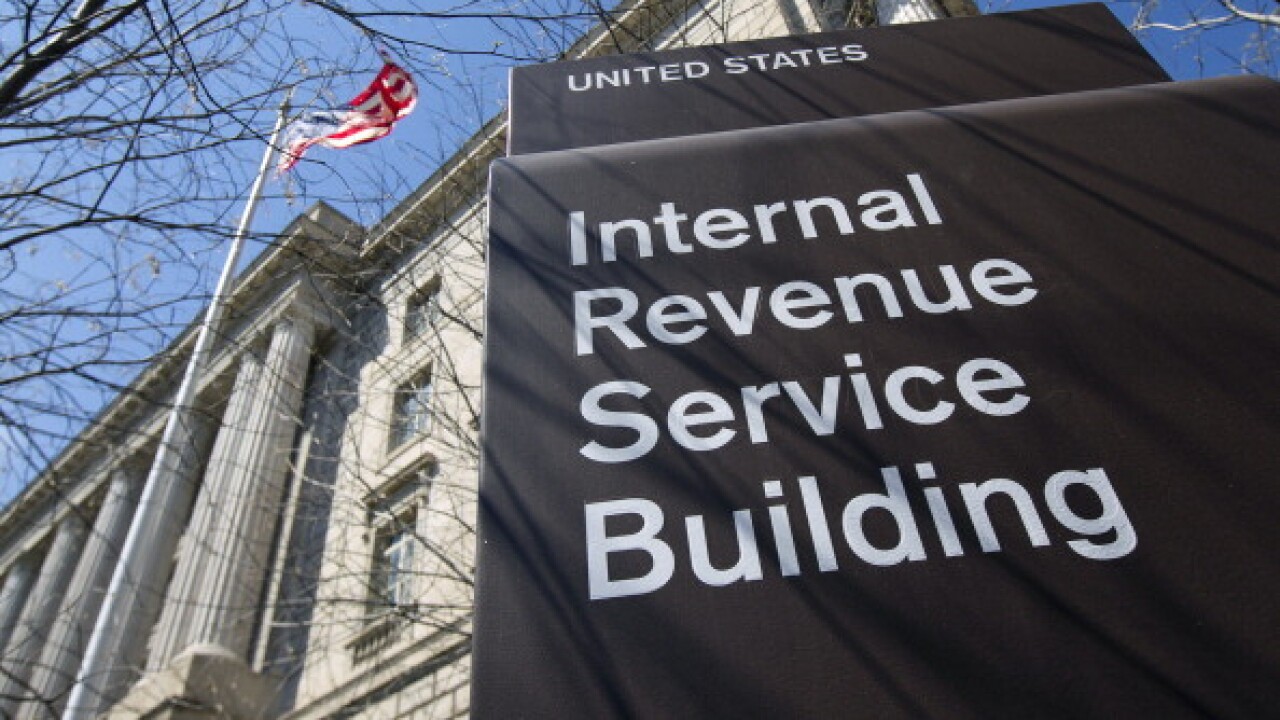The Internal Revenue Service issued a revenue procedure providing a safe harbor that permits individual taxpayers to deduct the amounts paid to repair damage to their personal residences caused by deteriorating concrete foundations containing the mineral pyrrhotite.
In
Under a Connecticut law, state residents with deteriorating concrete foundations can ask for a reassessment of the assessed value of their homes based on a written evaluation from a licensed engineer indicating the foundation was made with defective concrete. The IRS said it has received inquiries about whether a loss resulting from a deteriorating concrete foundation constitutes a deductible casualty loss within the meaning of Section 165 of the Tax Code, the taxable year such a loss would be deductible, and how the amount of the loss would be computed. Section 165(a) generally allows taxpayers to deduct losses sustained during the taxable year that aren't compensated for by insurance or another source.

For personal-use property, such as a taxpayer’s personal residence, the code limits an individual’s deduction to losses arising from fire, storm, shipwreck or other casualty, or from theft. A casualty is defined as damage, destruction or loss of property resulting from an identifiable event that is sudden, unexpected and unusual. But the damage or loss resulting from progressive deterioration of property through a steadily operating cause is not considered to be a casualty loss.
However, because of the unique circumstances surrounding the damage to concrete foundations containing pyrrhotite, the Treasury Department and the IRS have decided it’s appropriate to provide a safe harbor method that treats certain damage resulting from deteriorating concrete foundations as a casualty loss and provides a formula for determining the amount of the loss. For an individual taxpayer within the scope of the revenue procedure, the IRS won’t challenge the taxpayer’s treatment of damage resulting from a deteriorating concrete foundation as a casualty loss if it’s determined and reported according to the requirements of the new revenue procedure.





